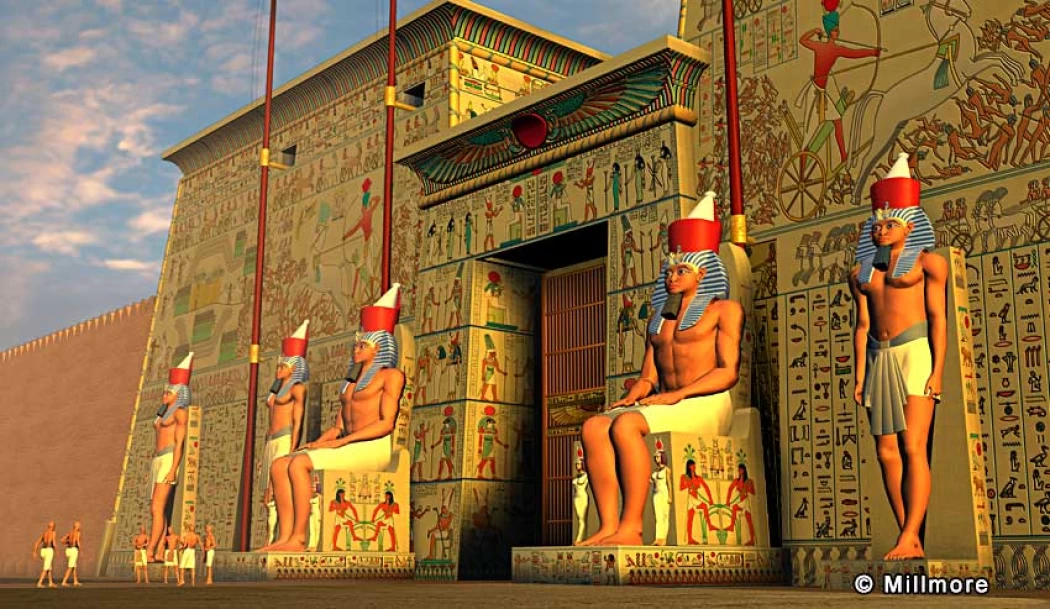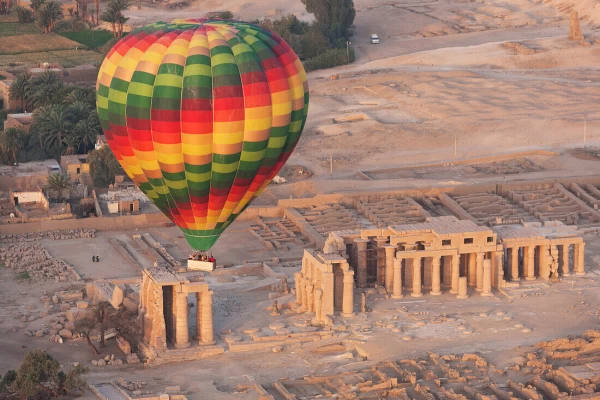
History of Egyptian temples architecture
History of Egyptian temples architecture
The ancient Egyptian civilization is regarded as one of the most advanced and developed societies to have ever existed, with rich architecture, art, and especially cultural aspects. Most of the ancient Egyptian buildings and architectural relics depict an innovative craftsmanship by the Egyptian engineers and artists who were able to erect a number of magnificent structures that amaze the world up to date. From the pyramids ardently built, restored temples, richly decorated tombs, spacious cities, and tall obelisks; all speak of the splendor of the ancient Egyptian civilization.
Among the many temples found in Luxor, the Karnak temples are considered to be one of the largest of such religious centers in the antiquity. These temples are exampled by massive entrance gates, rows of enormous pillars and inscriptions that narrate about the conquest by kings and the practice of deities. Among several temples, the Karnak temples complex is most dominated by the Amun-Ra temple which housed a lot of economic and political activities.
The city of is situated on the eastern bank of River Nile rises the Luxor Temple. The building of this temple took place mainly during the sporadic reign of Kings Amenhotep III and Ramses II. This one is noted in the sense of being built on a large scale and the pictures of ancient Egyptian religion and its people in their daily activities. Also,there are two extensive rock temples constructed on the Cliffside by the waters of lake Nasser at Abu Simbel. These temples date back to the reign of King Ramses II, with the main temple well known worldwide for its four seated statues of Ramesses II crowned in his royal regalia. The two temples are representative of power and grandeur in history during the reign of Ramses II.
The Kings Valley, located in Luxor, is the final resting place of rulers from the 18th up to the 20th dynasty. It is a valley that encompasses over 60 tombs, the most notable being that of the young king Tutankhamun, which was unearthed in the year 1922. The majority of these sepulchers had sides that were adorned with sculpted art as well as illustrations of the kings' travels into the other world.
The Tombs of the Nobles is based in Luxor and has a one-of-a-kind set of tombs erected to the modern-day state nobles and officials. The sights of these tombs capture the mundane and the spiritual aspects of the ancient Egyptians at life and times through intricate mural paintings and engravings of text.
Thebes, or Luxor, was the political and religious capital of ancient Egypt. This city included numerous temples and royal tombs and was the center of the country's religious and cultural life. The remaining monuments of Thebes, such as the temples of Karnak and Luxor, reflect the splendor of urban planning and architecture.
Manif was the administrative and political capital of Egypt during the third millennium BC. The city was a major center of Egyptian civilization. It contains many monuments such as the statue of Ramses II in the Mit Rahina Museum.
The monuments and architecture of Ancient Egypt are among the most respected legacies that mankind can brag of even to date. Standing in high pyramids, large sculptured temples, intricate shapedhouse tombs, ancient cities, and towering symbolic obelisks, all of the aforementioned buildings display the creativity of the ancient Egyptian constructors and artistes.
These works of art speak of a powerful nation that was the vanguard in engineering, in fine art, in religion and in political rule. They have been a subject of great interest to the world and the history of mankind within it, and they are a source of eternal motivation and admiration for us all.















